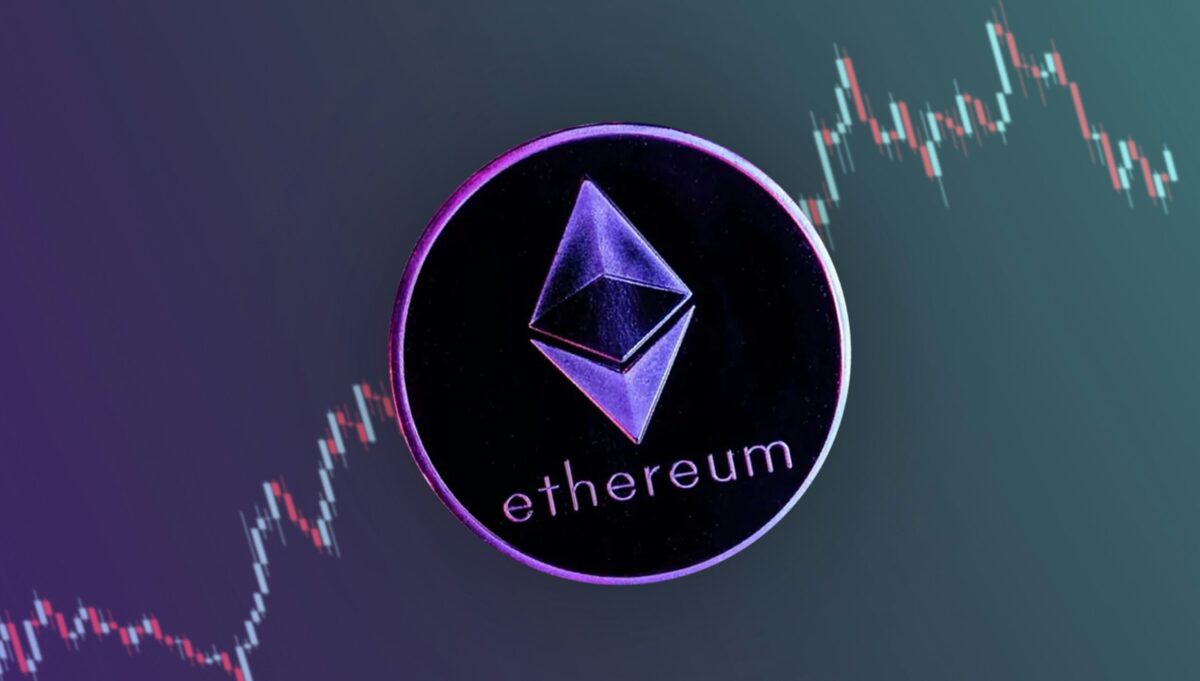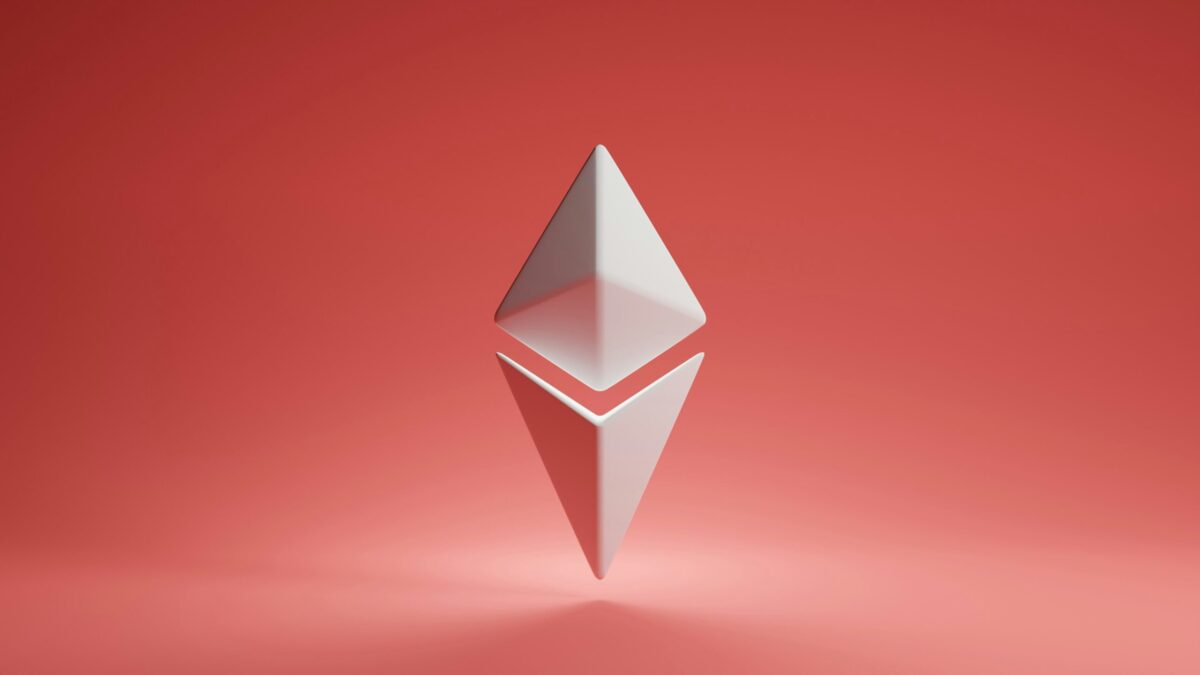Galaxy Digital, a cryptocurrency investment firm founded by Mike Novogratz, started selling off a large amount of Ethereum ($ETH). Over the past week, the company reportedly moved nearly $80 million worth of $ETH to major crypto exchanges like Binance and Coinbase.
This move came at a time when other large Ethereum holders, including institutional investors and crypto “whales”, were also selling their $ETH holdings.
Although Ethereum showed signs of improvement shortly after these transfers, Galaxy didn’t stop selling. According to blockchain analytics firm Lookonchain, Galaxy has gone on to sell even more $ETH, bringing in about $105 million from these sales.
What’s more surprising is how Galaxy has been using the money it made from selling $ETH. The company reportedly used it to buy Solana ($SOL), a competing blockchain project that is often seen as Ethereum’s main rival.
This has raised concerns among Ethereum supporters, as Galaxy’s investment shift could signal a larger trend among institutional investors.
Solana is known for being faster and cheaper to use than Ethereum. Although it doesn’t yet match Ethereum in decentralised finance (DeFi) activity or the total value of assets moved to other blockchains (known as bridged TVL), it has become home to many new crypto projects.
Solana also has more active addresses, meaning more people are using its network regularly. If more big investors like Galaxy continue to choose Solana, it could create long-term challenges for Ethereum.
Adding to the pressure, another wallet tied to the Ethereum Foundation—a non-profit that supports the development of Ethereum—sent 1,000 $ETH to the Kraken exchange. This wallet originally received over 84,000 $ETH about ten years ago, when the price of $ETH was only $1.20.
In the past, the Ethereum Foundation has been criticised for selling large amounts of $ETH quickly. In response, Ethereum co-founder, Vitalik Buterin, explained that, “The Foundation sells only when it needs to fund ongoing development and operations, like paying developers and researchers”.
Ethereum faces rough market conditions
Ethereum is currently going through a tough time in the market. Since 28 March 2025, $ETH has traded below the important $2,000 level and hasn’t been able to recover.
This comes as global economic concerns, especially around tariffs between major countries, have left crypto investors feeling uncertain.
Data from the blockchain shows that large $ETH holders are continuing to sell. One wallet, linked to the early days of Ethereum’s Initial Coin Offering (ICO), became active again on 10 March after being dormant for six years.
This wallet has since sold about 12,890 $ETH, worth around $21.5 million, to crypto exchanges like Cumberland and Kraken. The wallet originally received these $ETH tokens at just $1.20 each, and the average sale price now is about $1,668. It still holds around 28,000 $ETH, valued at more than $44 million.
Another crypto investment firm, Paradigm, also moved 5,550 $ETH (about $8.68 million) to Anchorage Digital. This ended a nine-month gap during which Paradigm had held onto nearly 97,000 $ETH, worth over $300 million. The $ETH it sold averaged a price of $3,109—significantly higher than today’s prices.
Meanwhile, one whale wallet sold 2,056 $ETH, worth about $3.27 million, at an average price of $1,591. This wallet also placed a short trade using 10x leverage on a platform called Hyperliquid, betting that the price of $ETH would fall further.
And it did fall. $ETH dropped from about $1,650 to around $1,557 before making a slight recovery. It’s now trading around $1,623. Overall, the price of $ETH has fallen by 50% since the start of 2025. Trading volume has spiked by 32% in the past 24 hours to $15.6 billion, showing that many investors are actively adjusting their positions.
CoinGlass data reveals that $70 million worth of $ETH trading positions were liquidated in just 24 hours. About 73% of these were long positions—bets that $ETH would go up. This shows that many traders were expecting a rebound, but the sell-off by whales made that difficult.
Galaxy still holds around 55,760 $ETH, valued at $90.5 million, and also owns about 171,315 $SOL, worth around $23.9 million. Some of the $ETH Galaxy removed from exchanges has been moved to unidentified wallets, raising further questions about the company’s plans.
$ETH’s dominance—the share of its market cap compared to the total crypto market—has fallen to historic lows. It briefly dipped below 7%, down 43% since the beginning of the year. The ETH-to-BTC ratio has also dropped by 48% in 2025, showing Ethereum is underperforming even compared to Bitcoin.
On top of that, US Ethereum exchange-traded funds (ETFs) have seen eight straight weeks of outflows, losing over $909 million in total.
Solana gains ground
As Ethereum loses ground, Solana appears to be picking up the slack. Solana’s market price has increased by 8% over the past month, while Ethereum has dropped by nearly 20%. Many believe this performance gap helped influence Galaxy Digital’s decision to shift from $ETH to $SOL.
Solana is showing strong growth in user numbers and on-chain activity. Daily active wallets on the Solana network have increased from 2.9 million to over 4 million in the past two weeks.
Solana’s decentralised exchanges (DEXs) now handle 48% of all on-chain DEX trading, compared to Ethereum’s 19.7%. Around 60% of all DEX users currently prefer Solana.
Solana’s meme token market has also bounced back. These tokens now have a total market value of over $7.42 billion, with many seeing gains of 10% or more in the past week.
Popular Solana-based platforms like Raydium, Jupiter, and Pump.fun are seeing strong user activity. Pump.fun alone earns around $2.3 million in daily fees, often selling $SOL to take profits.
ARK Invest has added exposure to Solana by buying shares in the Solana Staking ETF (SOLQ) for two of its ETFs: ARKW and ARKF. These are now the first US-listed ETFs with direct exposure to Solana.
According to Standard Chartered, Ethereum is currently in what they call a “structural decline.” The bank has lowered its year-end price forecast for $ETH. Ethereum’s DeFi activity has also dropped, with trading volume on Ethereum-based DEXs falling from $82.2 billion in January to just $42.5 billion in March.
Solana, in contrast, has processed over $500 billion in DEX trading volume in the past three months. Ethereum has remained under $400 billion in the same period.
Solana also leads in wallet activity, with over 220 million active addresses—compared to about 80 million for Ethereum and its Layer-2 networks combined.
To counter these challenges, Tron founder Justin Sun has proposed a new idea: taxing Ethereum Layer-2s and using that money to buy and burn $ETH. However, this idea hasn’t been submitted as an official Ethereum Improvement Proposal (EIP) yet and has no current impact.
Even after selling off a significant amount, Galaxy Digital still holds a large amount of $ETH. But its move to reallocate over $100 million to Solana is seen by many as a potential shift in strategy. Some in the crypto space view it as a sign that institutional investors might be rethinking Ethereum’s long-term role.
Despite all the issues, Ethereum still remains one of the most widely used blockchain platforms. According to Standard Chartered, real-world asset tokenisation could be key to restoring investor trust and stabilising the network.
However, Ethereum must overcome major hurdles, including improving scalability, reducing transaction costs, and dealing with rising competition from faster and cheaper blockchains like Solana. Whether Ethereum can respond effectively remains to be seen.


